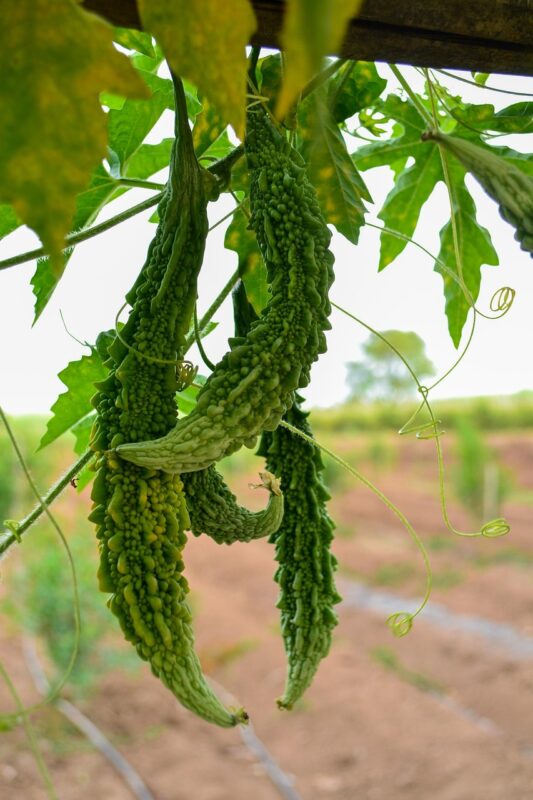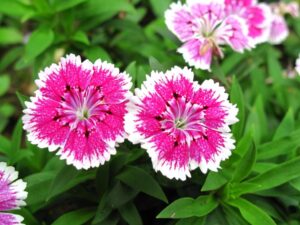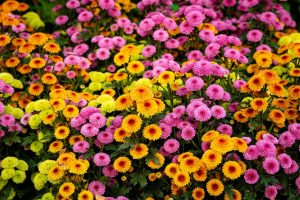As the summer sun blazes, June presents a fantastic opportunity for gardeners in Zone 9 to plant a variety of tropical vegetables. Known for its prolonged growing season and adaptability to warm temperatures, this region is perfect for cultivating heat-loving plants. Let’s dig into the specifics of 20 tropical vegetables to plant in June, discussing their temperature tolerance, ideal planting times, and additional tips to make the most of your garden.
Okra
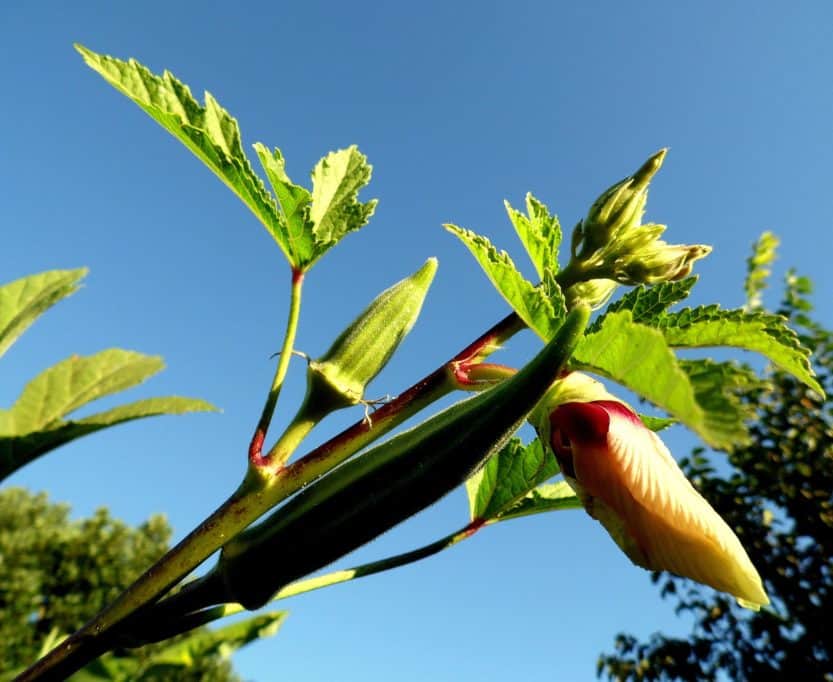
Okra is a quintessential summer vegetable, thriving in hot weather. It can tolerate temperatures between 75°F and 95°F, making it perfect for the summer months. Zone 9 typically allows for direct sowing in June, after the last frost. Plant seeds 1 inch deep in fertile, well-drained soil with plenty of sun exposure. Space plants about 12-18 inches apart to allow for their bushy growth.
Once established, okra can produce an abundance of immature pods throughout the summer. Make sure to harvest regularly every two to three days to encourage continual production. Okra is versatile in the kitchen; you can fry, steam, or even pickle it. Adding this southern favorite to your garden not only brings culinary diversity but also colorful stalks that can grace your garden space.
Sweet Potatoes
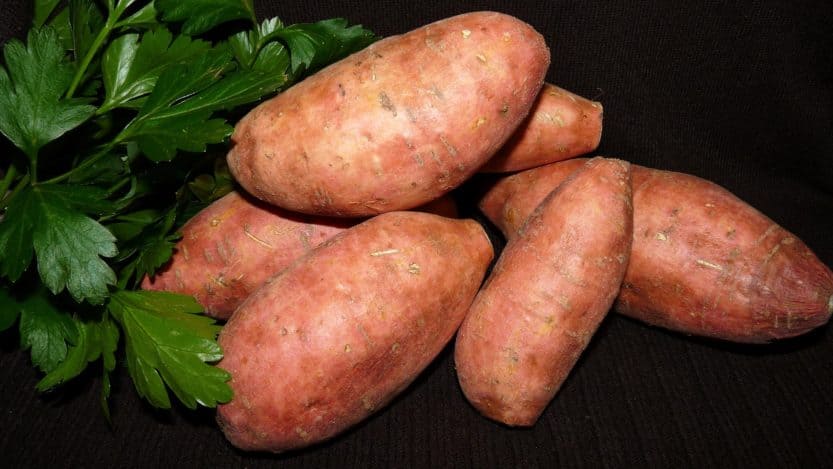
Sweet potatoes thrive in warm soil and temperatures between 65°F and 95°F, making them a great fit for Zone 9. June is an ideal time to plant sweet potato slips; you can start harvesting in late summer to early fall.
Plant sweet potatoes by digging a trench about 4-6 inches deep and placing the slips about 12 inches apart. They require well-drained sandy loam or loamy soil and should receive full sun for optimal growth. Once they start growing, their leafy vines will provide ground cover, which can also help suppress weeds. As the sweet potatoes develop underground, you can look forward to a diverse array of flavors in your cooking, from sweet potato fries to casseroles.
Eggplant
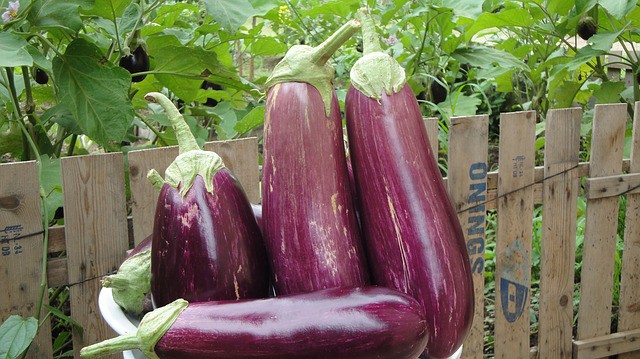
Eggplants enjoy the heat and can thrive in temperatures ranging from 70°F to 90°F. Planting them in June in Zone 9 ensures they receive plenty of sunlight and warmth. Start seeds indoors about 8-10 weeks before the last frost, or you can sow them directly in the garden once the soil has warmed.
Eggplants need fertile, well-draining soil and should be spaced about 18-24 inches apart for ample growth. They often bear fruit throughout the summer, typically needing about 70-90 days from planting to harvest, depending on the variety. With their globe-like shapes and stunning colors ranging from deep purple to white, eggplants can be the stars of your garden and kitchen alike. Prepare them grilled, roasted, or stuffed, and let their rich flavors shine in your summer dishes.
Peppers

Peppers are incredibly versatile and can withstand high temperatures, generally thriving between 70°F and 90°F. In Zone 9, June is perfect for planting both sweet and hot varieties directly in the garden, once frost danger has passed.
For the best results, choose well-drained soil and ensure they receive full sun for at least 6-8 hours a day. Space your plants about 12-24 inches apart. Peppers take about 60-90 days to produce harvestable fruits. These colorful additions to your garden will not only bring vibrancy but also a rich range of flavors to your meals. From fresh salsas to stuffed bell peppers, there’s no shortage of ways to enjoy your pepper harvest.
Taro (Colocasia esculenta)
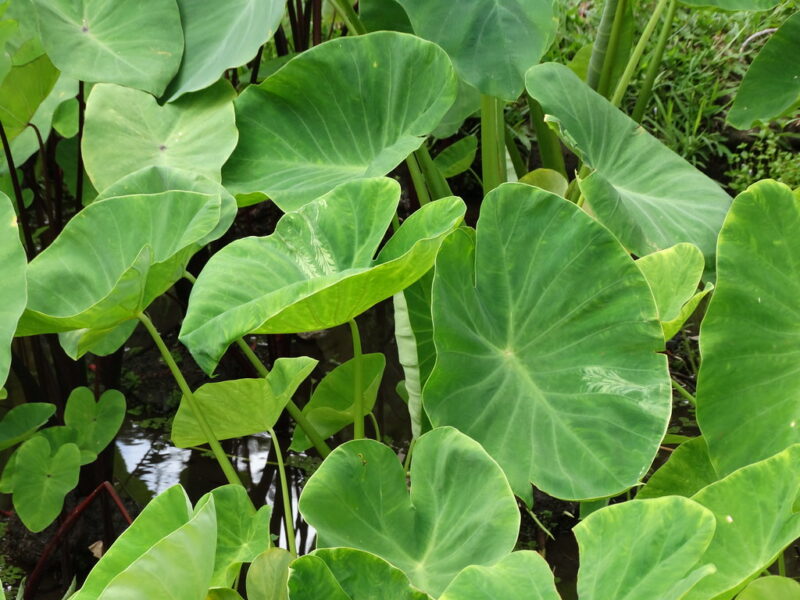
Taro enjoys a warm, humid environment and needs consistent temperatures between 70°F and 95°F to flourish. June is an excellent time to plant this unique crop in Zone 9, where the warm soil conditions will help encourage vigorous growth.
Taro thrives in rich, moist soil and may require regular watering, especially during dry spells. Plant taro corms about 2-4 inches deep, spaced 3 feet apart to allow room for the broad leaves and underground tubers to grow. One of the most interesting aspects of taro is its versatility; not only can you enjoy the edible corms in many cooked dishes, but its spectacular foliage also makes it a decorative addition to any garden.
Malabar Spinach
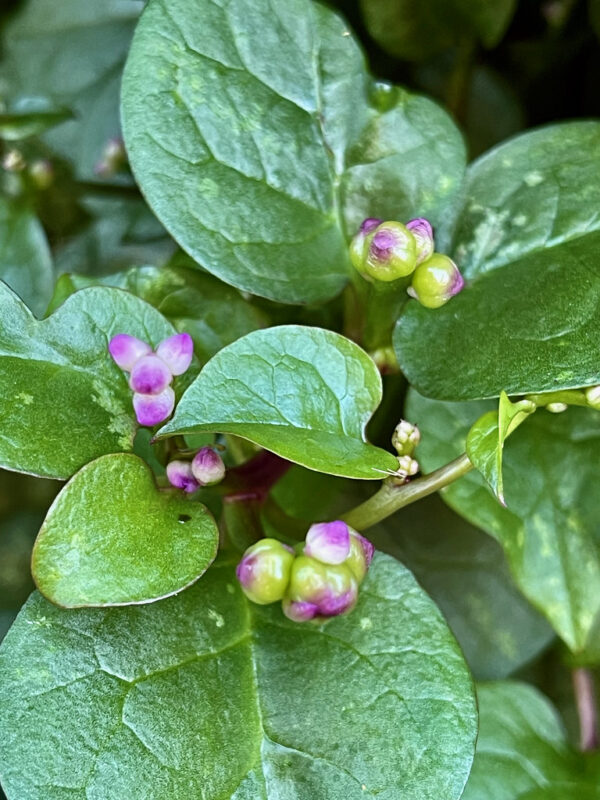
Malabar spinach has a tropical climate preference, thriving in temperatures between 70°F and 100°F. This is an excellent plant for June planting in Zone 9, as it easily handles the heat and can grow vigorously.
Plant it in well-drained soil and ensure it gets plenty of sunlight. Malabar spinach is a climbing vine, so providing a trellis or support structure will enhance its growth. It can reach heights of up to 10 feet! Harvest the tender leaves as you need them throughout the summer. They can be used freshly in salads or cooked like traditional spinach. Its unique flavor and visual appeal make it a must-have for your garden.
Cassava
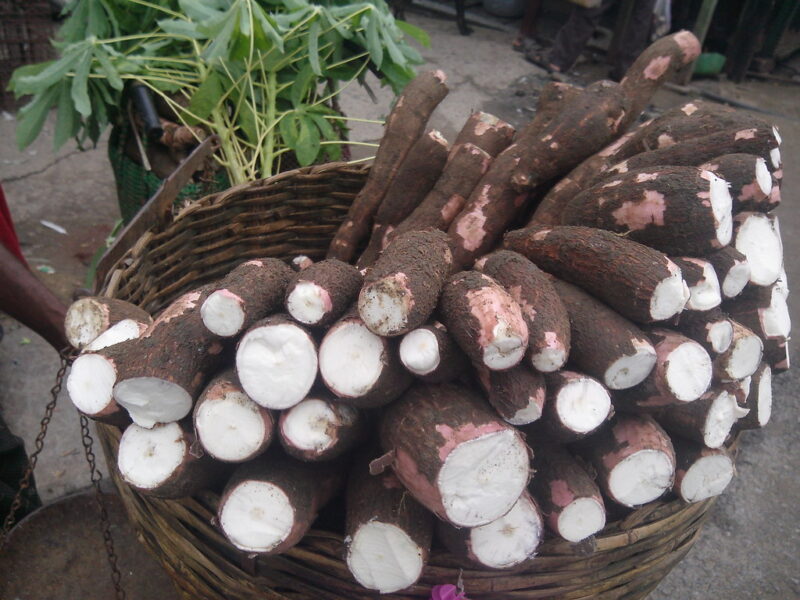
Cassava, or yuca, is another fantastic option for those who want to cultivate tropical vegetables in June. It thrives in warm temperatures between 70°F and 100°F. Cassava can be planted in June using stem cuttings, which should be inserted vertically into the soil about 4 inches deep.
Ensure you plant cassava in well-drained soil, as it is susceptible to rot in overly wet conditions. They require minimal maintenance once established, making them low-care crops. Throughout the summer, as the plants grow lush and green, you can look forward to a hearty harvest of nutritious tubers that can be boiled, mashed, or fried. Cassava is a staple ingredient in many cuisines worldwide, providing versatility in the kitchen.
Chayote

Chayote thrives in Zone 9’s warm climate, preferring temperatures between 70°F and 90°F. Plant chayote in June after the last frost, ensuring it receives plenty of sunlight and well-drained soil.
Chayote plants are unique in that they can produce both fruits and shoots, all of which are edible. Plant the whole chayote squash with the sprouting side facing up, burying it about 3 inches deep. As the plant climbers grow, they will benefit from support like a trellis, allowing you to maximize space in your garden. Harvest chayote when it is still young and tender for the best flavor, as its mild taste can enhance salads, stir-fries, and soups.
Bitter Melon
Bitter melon is ideal for warmer climates, flourishing in temperatures between 70°F and 95°F. Zone 9 gardeners can plant this unique vegetable in June, thriving in well-drained soil and full sun.
Plant bitter melon seeds directly in your garden, approximately 1 inch deep, and provide support for the climbing vines as they grow. While its strong flavor might not be everyone’s favorite, it is renowned for its health benefits, especially in regulating blood sugar levels. Harvest the fruits while they are still green and tender, ensuring they complement various dishes through stir-frying or pickling.
Cucumbers
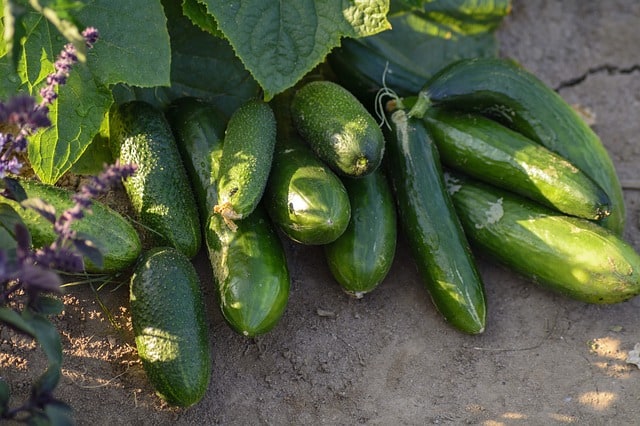
Cucumbers are summer favorites and thrive in warm temperatures between 70°F and 95°F. In Zone 9, you can plant cucumbers in June after the danger of frost has passed, allowing the soil to warm adequately.
Plant cucumber seeds or transplants in well-drained soil, spacing them 12 inches apart. Providing trellises can help maximize space and air circulation, reducing the risk of diseases. Cucumbers generally need consistent moisture, so be mindful to water them regularly. With proper care, you can expect a bountiful harvest. Enjoy them freshly sliced, pickled, or in salads, adding a refreshing taste to your summer meals.
Zucchini
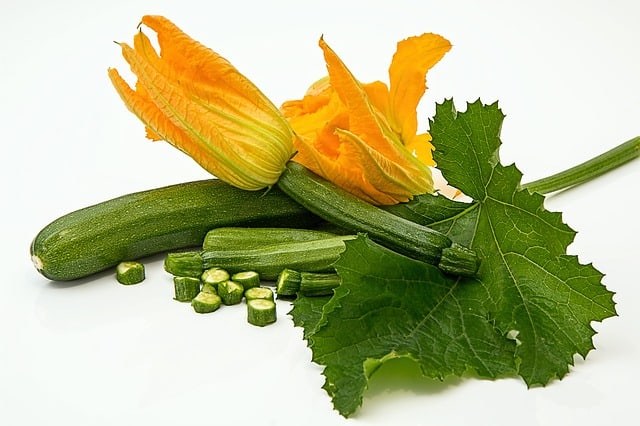
Zucchini is a fast-growing summer squash that thrives in warm weather, ideally between 70°F and 90°F. In Zone 9, you can sow seeds directly into the ground in June for robust growth.
Choose a sunny spot with well-drained soil, and space seedlings about 24-36 inches apart to accommodate their bushy growth. Zucchini plants are prolific producers; frequent harvesting encourages continuous fruiting. This versatile vegetable can be grilled, roasted, or even baked into delightful treats. With the right conditions, you’ll soon have an impressive yield to share with friends and family.
Tomatillos
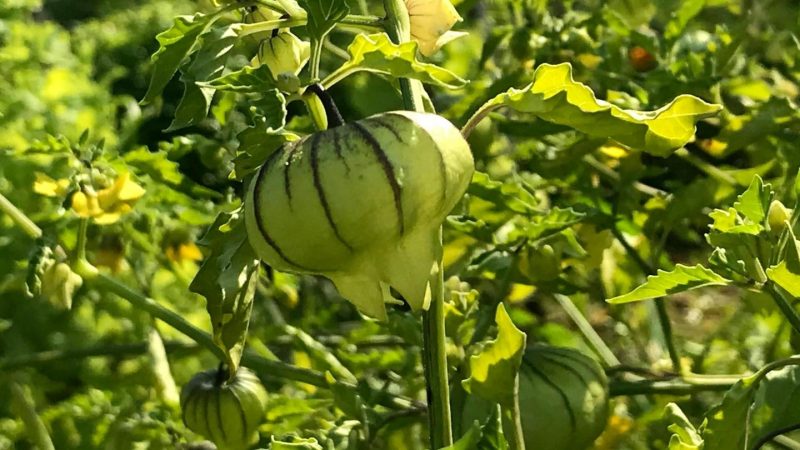
Tomatillos, with their unique husks and tangy flavor, prefer temperatures between 70°F and 85°F and can be planted in June in Zone 9. They thrive in well-drained soil and full sun, making them ideal for summer gardening.
Start seeds indoors and transplant them outdoors once temperatures are consistently warm, or you can sow seeds directly in the garden. Space plants about 24 inches apart and ensure they receive adequate moisture. Tomatillos need companion plants for pollination, so it’s wise to plant them alongside other vegetables. Harvest them once the husks fill out and begin to turn brown, and enjoy them in fresh salsas, soups, or as a tangy addition to Mexican dishes.
Brassicas
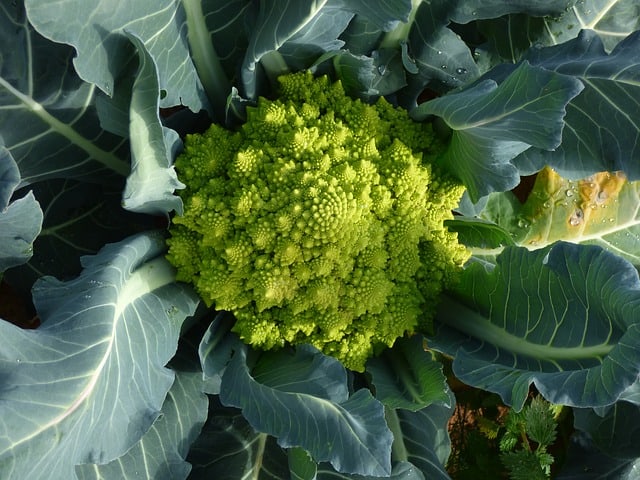
Brassicas like broccoli raab and mustard greens can also be planted in warmer months in Zone 9, particularly those bred for higher temperatures. These crops generally prefer temperatures between 50°F and 75°F but can sustain themselves in the summer heat with proper care.
Plant these seeds in June, ensuring they receive partial shade to avoid scorching in the peak summer heat. They thrive in rich, well-drained soil and require consistent moisture. These fast-growing vegetables can be harvested in about 30 to 60 days. Their peppery flavor adds interest to salads, and sautéing them brings out their earthy undertones, making them a delightful addition to any meal.
Squash
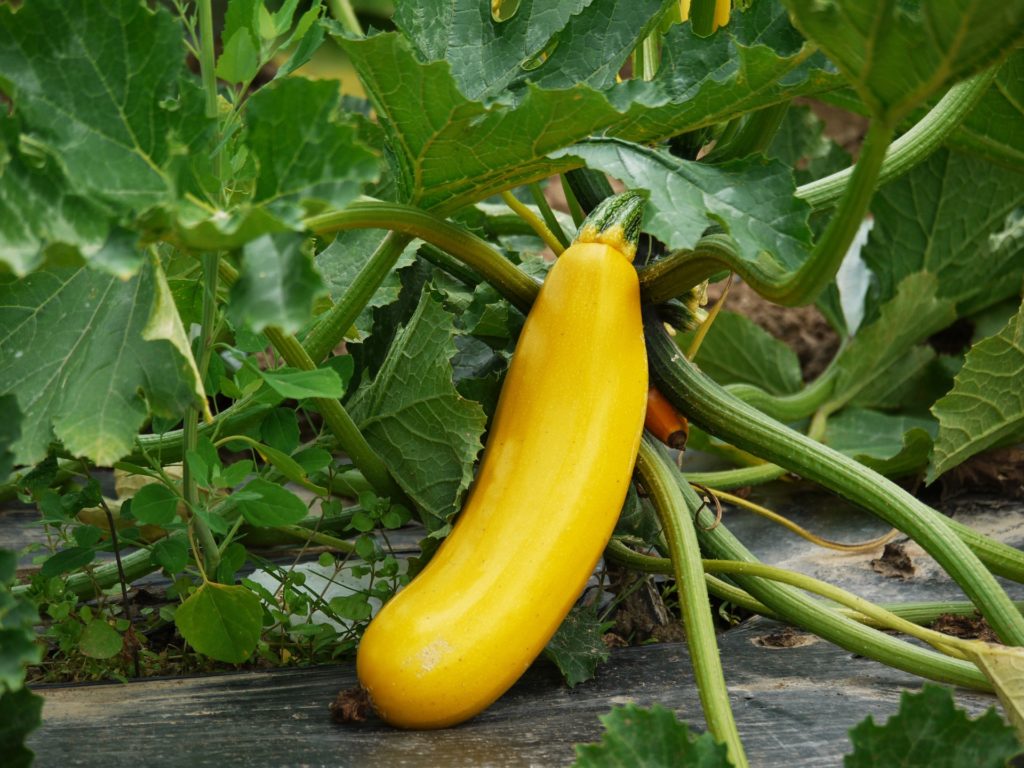
Both summer and winter squash varieties can flourish in June in Zone 9, as they love warm soil and full sun. Temperature ranges of 70°F to 95°F are perfect for these plants, encouraging rapid growth.
When planting, space seeds or seedlings approximately 18 to 36 inches apart in well-drained soil. Squash plants can produce fruits in less than 60 days, so regular harvesting is essential to encourage more fruiting. These versatile vegetables can be roasted, baked, or stuffed for flavorful summer meals. With numerous varieties available, you can easily diversify your garden with both colorful and delicious squash.
Lemon Grass

Lemongrass is a lovely addition to any tropical garden, preferring warm weather around 70°F to 90°F. June is an excellent time to plant lemongrass in Zone 9, where long, sunny days will contribute to its growth.
Start by planting stalks in nutrient-rich, well-drained soil. Space them 24 inches apart, as they can grow tall and bushy. With its fascinating scent and flavor, lemongrass can thrive with minimal care. Harvest the stalks as needed for soups, teas, or marinades, allowing you to enjoy its aromatic qualities throughout the summer.
Thai Basil
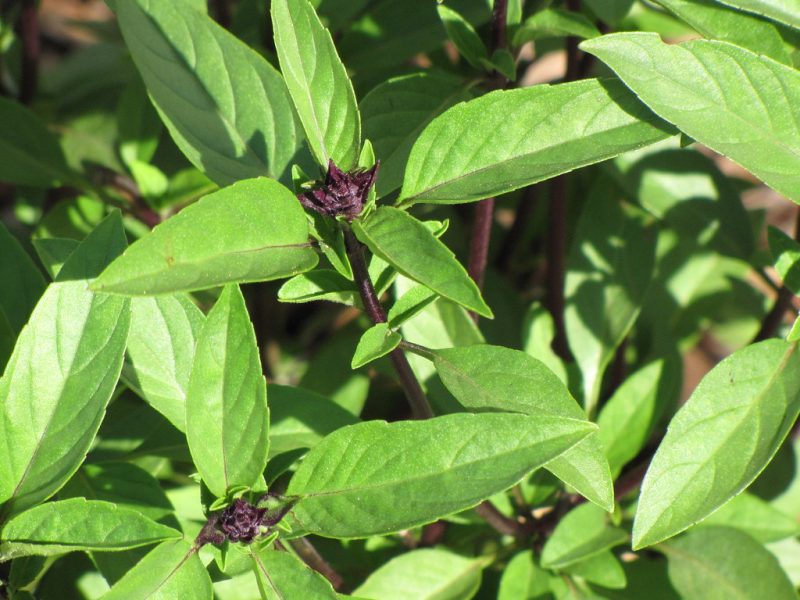
Thai basil is a beloved herb that thrives in warm temperatures between 70°F and 100°F. June is perfect for planting Thai basil in Zone 9, as it flourishes when the weather is consistently warm.
Plant Thai basil seeds or transplants in a sunny area with well-draining soil. Space them about 12-18 inches apart to ensure good airflow and growth. Regular harvesting encourages bushiness, enhancing the plant’s yield. With its aromatic, spicy flavor, Thai basil is essential in Thai and Southeast Asian cuisines. You can use it fresh in salads, stir-fries, or as a garnish in soups for added fragrance.
Spinach
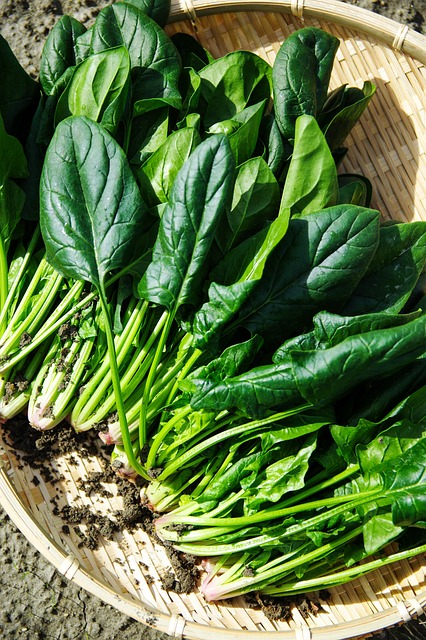
Many varieties of spinach can thrive in the warmer weather of June, particularly the tropical and heat-resistant varieties. While traditional spinach prefers cooler temperatures, certain tropical cultivars can tolerate warmer climates and grow well in Zone 9.
For planting, choose nutrient-rich, well-drained soil and ensure ample sunlight. Sowing seeds in June will result in quick germination, with harvestable leaves in about 30-45 days. Continuous harvest is encouraged; picking outer leaves promotes new growth. Spinach is rich in vitamins and can be tossed in salads, cooked, or blended into smoothies, making it a nutritious summer staple in any garden.
Yardlong Beans
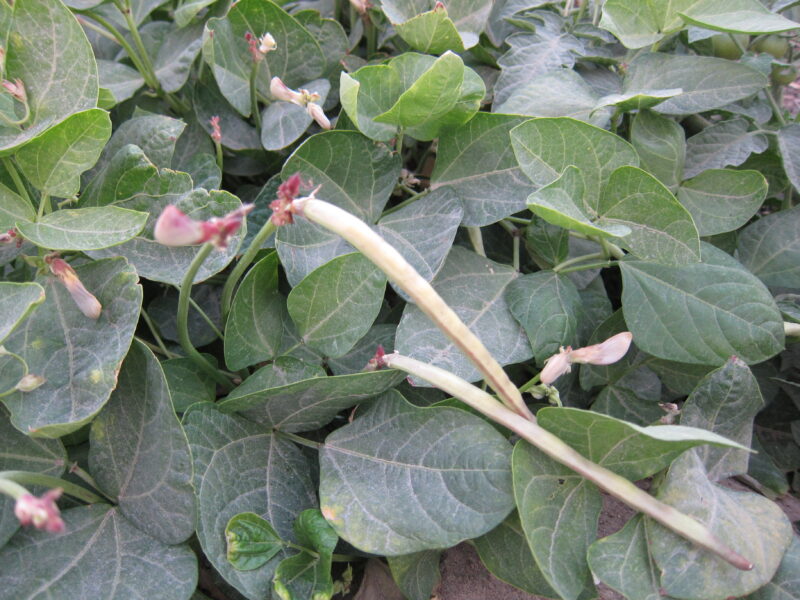
Yardlong beans, or asparagus beans, are a fantastic choice for hot weather with their ideal growth temperature range of 70°F to 100°F. You can sow seeds in your Zone 9 garden in June, and they will grow rapidly with the right conditions.
Plant seeds about 1 inch deep, spacing them 12-18 inches apart, and ensure they have a structure to climb on. Yardlong beans are prolific growers and typically reach maturity within 60 days. Their unique length and crunchy texture add interest to stir-fries and salads. Harvesting regularly encourages further growth, so you can enjoy this vibrant vegetable all summer.
Papaya
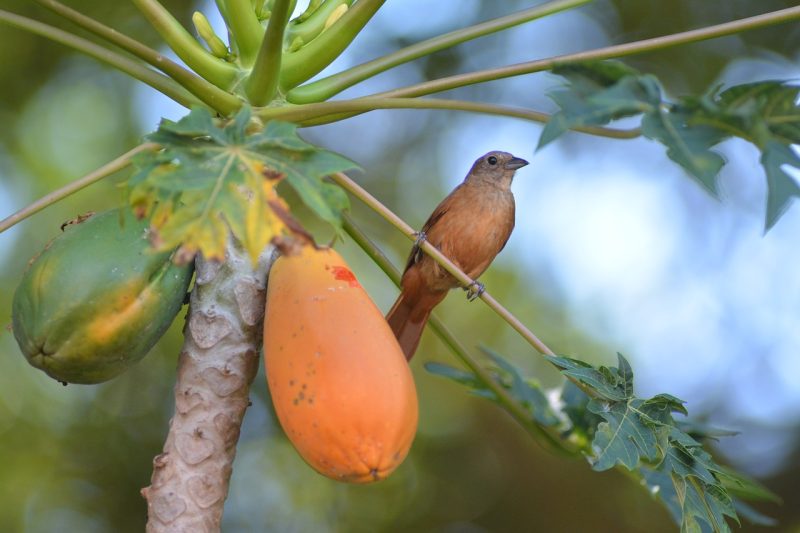
Papaya, while technically a fruit, is a tropical treat that can enhance any garden. Thriving in warm temperatures of 70°F and up, June is ideal for planting papaya seeds or seedlings in Zone 9.
Choose a spot that receives full sun and ensure you have well-draining soil for optimal growth. Papayas grow quickly and can bear fruit within a year. With their stunning foliage and sweet, orange flesh, papayas make an excellent addition to a fruit salad or smoothie, giving you a refreshing taste of the tropics right from your own garden.



